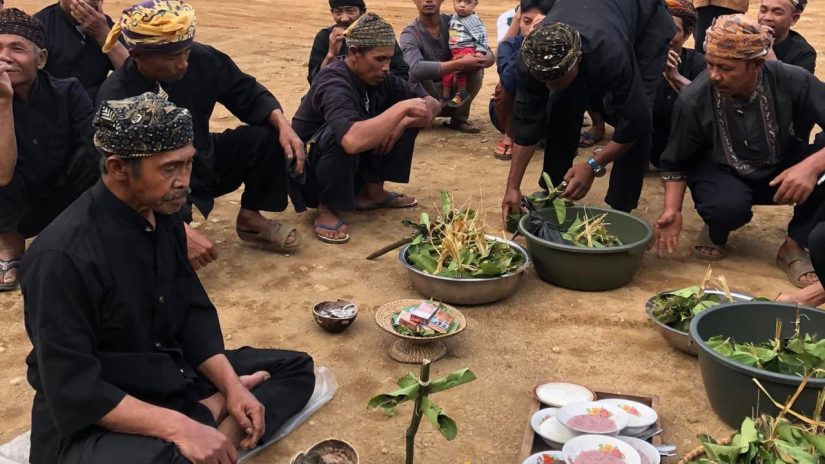
Athanasia Safitri
Our very definition of ‘indigenous’ has transformed from the meaning of originating and a group of people from the earliest times, into the localised belief systems when it is related to religion. One of the parallel sessions which took place in the 5th International Conference and Consolidation on Indigenous Religions in Surakarta on 22-23 November 2023, was a special panel conducted by Indonesian Consortium for Religious Studies (ICRS) UGM. The need to speak out, to listen and respond to various voices from the indigenous communities has triggered the implementation of digital media in several platforms with different goals.
Following the theme of the conference which was “Democracy of the Vulnerable” , three speakers presented their findings regarding the indigenous voices and digital inclusion. Fardan M. Imamah of ICRS talked about the discourse of ritual in relation to nature in the website, whereas Leonard C. Epafras of Postgraduate School UGM explained the digital inclusion of an indigenous community. The last speaker Dedi Priyono of UNTAG Semarang took a case of an indigenous group from Kebumen and made an analysis on their digital technology operation. These three researchers seek for the relation between indigenous groups’ tradition and digital media.
The usage of digital platform for indigenous voices
Imamah described how the media’s construction of rituals has a major effect in dominating the discourse on ritual actors, actions, and networks. Using ‘baritan’ which was the gratitude rituals done by many indigenous communities in Java for the period of 2018-2023, she aimed to determine the discourse of ritual and its relation to nature in 136 news articles on the online website. These articles did not convey the moral code of nature, but more about how the ritual supports social cohesiveness and shows gratitude from the people. Ecological problems might have been addressed using technological approaches, yet she observed that the cultural and religious aspects played a significant role as well. Imamah concluded that Baritan rituals in the dominant discourse are perceived as tradition and culture, without focusing on the ecological aspects.
The second speaker Epafras presented how government restrictions limit the way indigenous communities practise their religious tradition, not to mention the overall intervention regarding digital support, such as access to digital services for citizenship and even financial banking system. Some indigenous communities’ digital accounts might be considered as illegal beliefs or religions that their presence in the digital platform is mostly cautious and self-censored. The term used by the state and society as ‘penghayat’ can be quite tricky too since it is put alongside a hidden political or communal agenda, with various interpretations. Epafras also mentioned that there has been conflict between indigenous religions and the officially acknowledged religions related with the acceptance of digital technology by each group.
Priyono took the case from the indigenous community of Paguyuban Budaya Bangsa Pusat Kebumen, Central Java, as the focus of his research to be presented for the last topic in the session. He explained that digital technology brought changes in how spiritual values were understood in culture, especially related to indigenous spirituality and its practice. More guidance was obtained when community members interact with digital technology while the organisation itself uses computers to adapt to modern times. The members of Paguyuban Budaya Bangsa also used mobile phones as a communication means to interact with others. Priyono continued that they still maintain guidance in the use of digital technology, which reflects the balance between tradition and modernity.
Urgency versus Importance
The experience of various indigenous communities, either religious or cultural, demonstrated that the discourse of digital inclusion should also view tradition, religious and cultural values, local people’s perception, and their embracement of digital technology. Not only the principle, teachings, and thoughts of indigenous groups can be voiced actively and concretely, the response may lead to two opposite directions. It can also trigger backlash from the oppositions or simply from people who still have not accepted differences in religions and beliefs. The question which lies before every indigenous community is whether digital inclusion can be considered as an important aspect in familiarising the concept to the broader society or simply as a supporting means of communication for actualization. Another concern also arises if the participation of digital platforms is urgently needed in the indigenous community to bridge dialogue among different communities to avoid misinterpretation and misconception.
